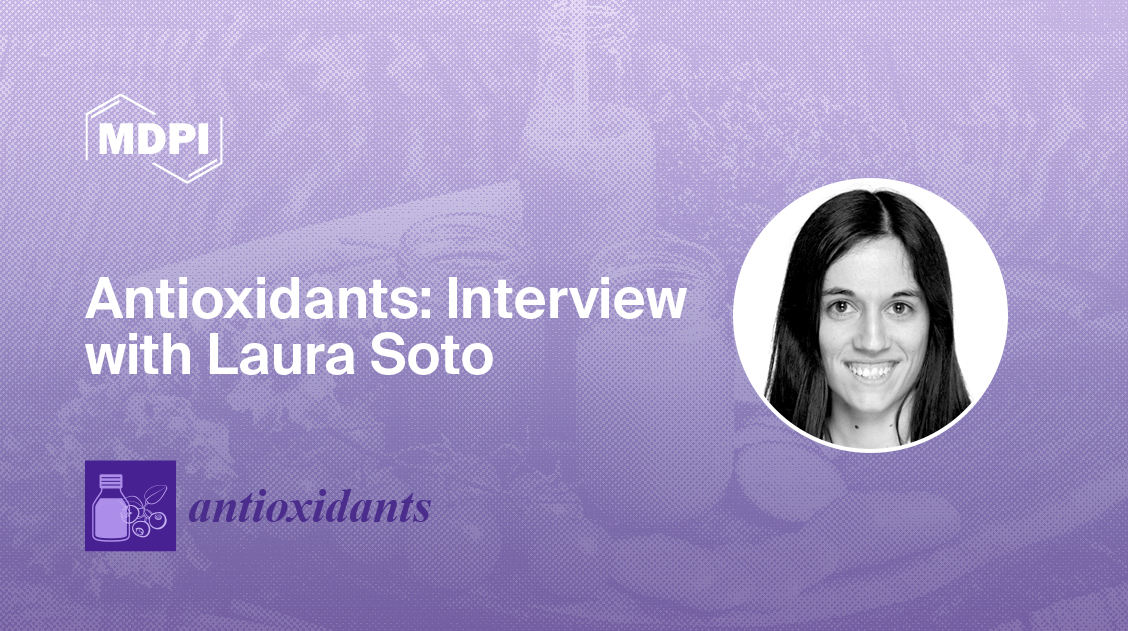
Interview with Antioxidants Publishing Manager
In an upcoming article, we’ll be shining a spotlight on Antioxidants. The journal now has the highest Impact Factor of all MDPI journals, an excellent 7.675. This is great news for the journal and its staff and authors.

To discuss this further and shed light on this success, it’s our pleasure to introduce Laura Soto, Publishing Manager of Antioxidants.
Laura is a cell biologist, with a PhD in Life Sciences. Her PhD research project was focused on actin cytoskeleton regulation during cancer cell invasion. She then started her post-doc, focusing on stem cell biology using cutting-edge imaging techniques.
In May 2020, Laura joined MDPI. As well as being Publishing Manager, she is also the Antioxidants social media manager, and a Special Issue editor for the journal.
High Impact Factor
What’s Antioxidants‘ Impact Factor journey been like up to now?
LS: We’ve had a gradual increase over the last few years. It did not happen in the space of a year. Antioxidants is a new journal; it’s only 10 years old. So, I would consider it a young journal.
So, last year, the Impact Factor was 6.3, the year before was 5.4, and before that, 4.5. Every year we increase by about 1.
How do you feel about Antioxidants having the highest Impact Factor?
LS: I feel very proud to be part of the Antioxidants family. I think that the whole editorial team and our Academic Editors have done excellent work towards this milestone.
A lot of our Editorial Board Members, Guest Editors, and authors have congratulated us. They support us, and they want our journal to grow and to be the top biology-related journal in the world.
How can other journals replicate this success?
LS: There are many different factors . Every journal is different, and every research field is different. You can’t compare, for example, the Antioxidants research field and a mathematics field. You need to analyse the journal and acknowledge your weaknesses. The key is good communication with Academic Editors who can help increase the journal quality with their suggestions and feedback.
You also need to have good communication with your Editor-in-Chief, section Editors-in-Chief, and Editorial Board. There are some that might not be as active, but others will be. They will be able to provide suggestions. If you take their suggestions into account, then the journal should improve, and the Impact Factor will increase.
They also go to conferences. We ask them to promote the journal there. After all, they are the ones who know people in the field. We ask Academic Editors to invite their colleagues to contribute to the journal.
A Successful Journal
What are the highlights of working on Antioxidants?
LS: I enjoy working with our authors as well as our Academic Editors. I also like developing and planning the future of the journal with our international Antioxidants editorial team.
What research stands out in Antioxidants?
LS: We have very highly cited papers in the liver field, related to liver diseases. This is a hot topic. Papers related to antioxidants, oxidative stress, and liver diseases have been highly cited.
Can you tell us a bit more about the Antioxidants social media presence?
LS: So far, I’ve been a social media editor for almost two years. I manage Twitter, Linkedin, and Facebook. We have very positive feedback on social media. Our authors often tag us when they share their recently published papers. Many retweet us, and it’s encouraging. I think this also helps us to gain visibility for our publications and Special Issues. When we have a new Editorial Board Member, or a new section editor, I post about them, and the engagement is good.
Inviting Submissions
What do you have to say to authors who want to submit to the journal?
LS: I’d like them to know that they will have a professional Editorial Team willing to assist them at any time. I’ll also ensure a fast and fair peer review process.
Publish Your Work in Open Access
It’s also worth noting that Antioxidants is an open access journal. The papers get more visibility.
Some institutions ask researchers to publish in open access, in order to secure funding.
You can submit to the journal by accessing the Antioxidants webpage and clicking ‘Submit to Antioxidants’ in the top-left corner.



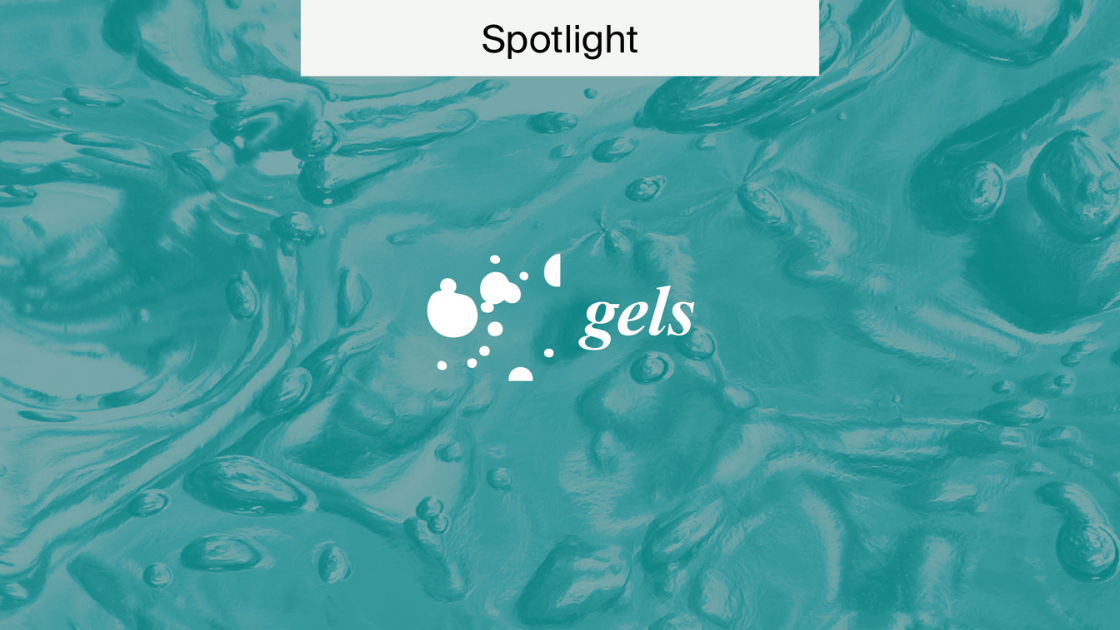
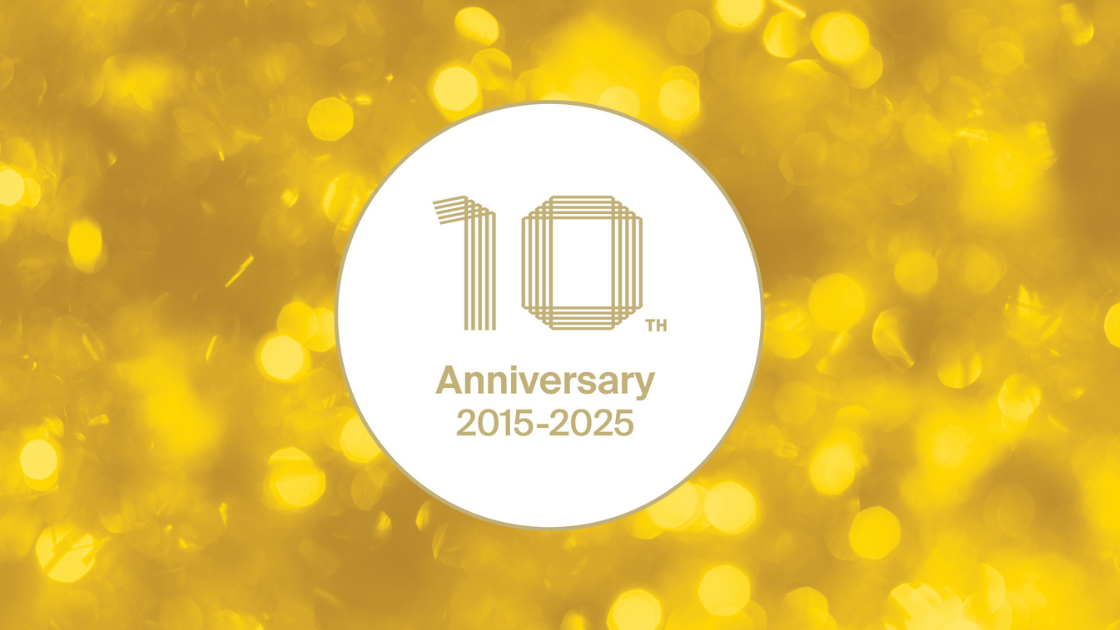
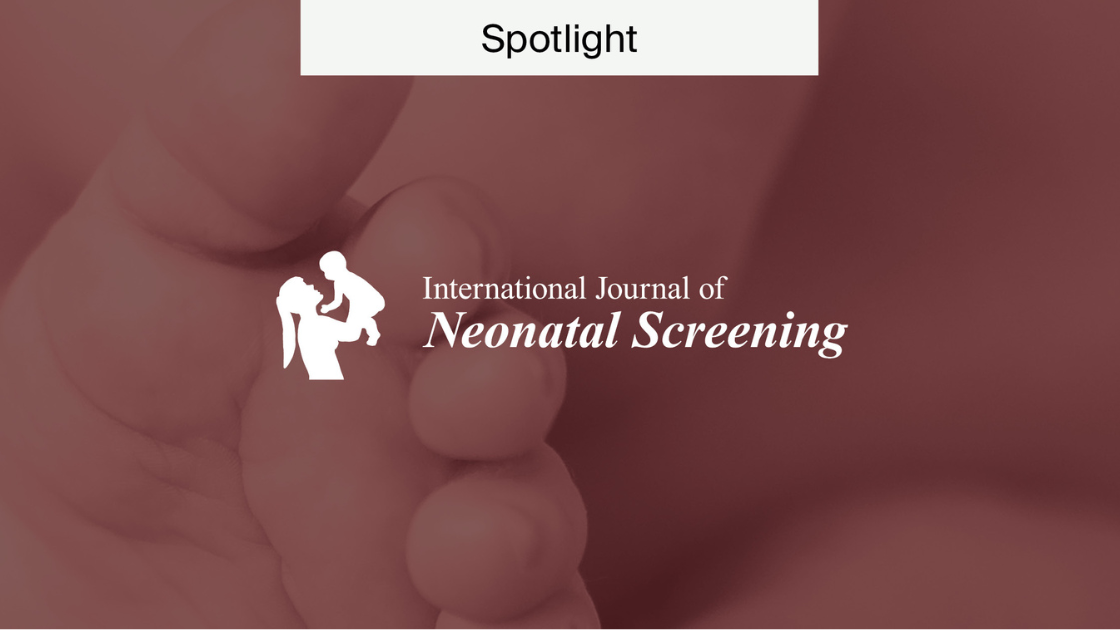

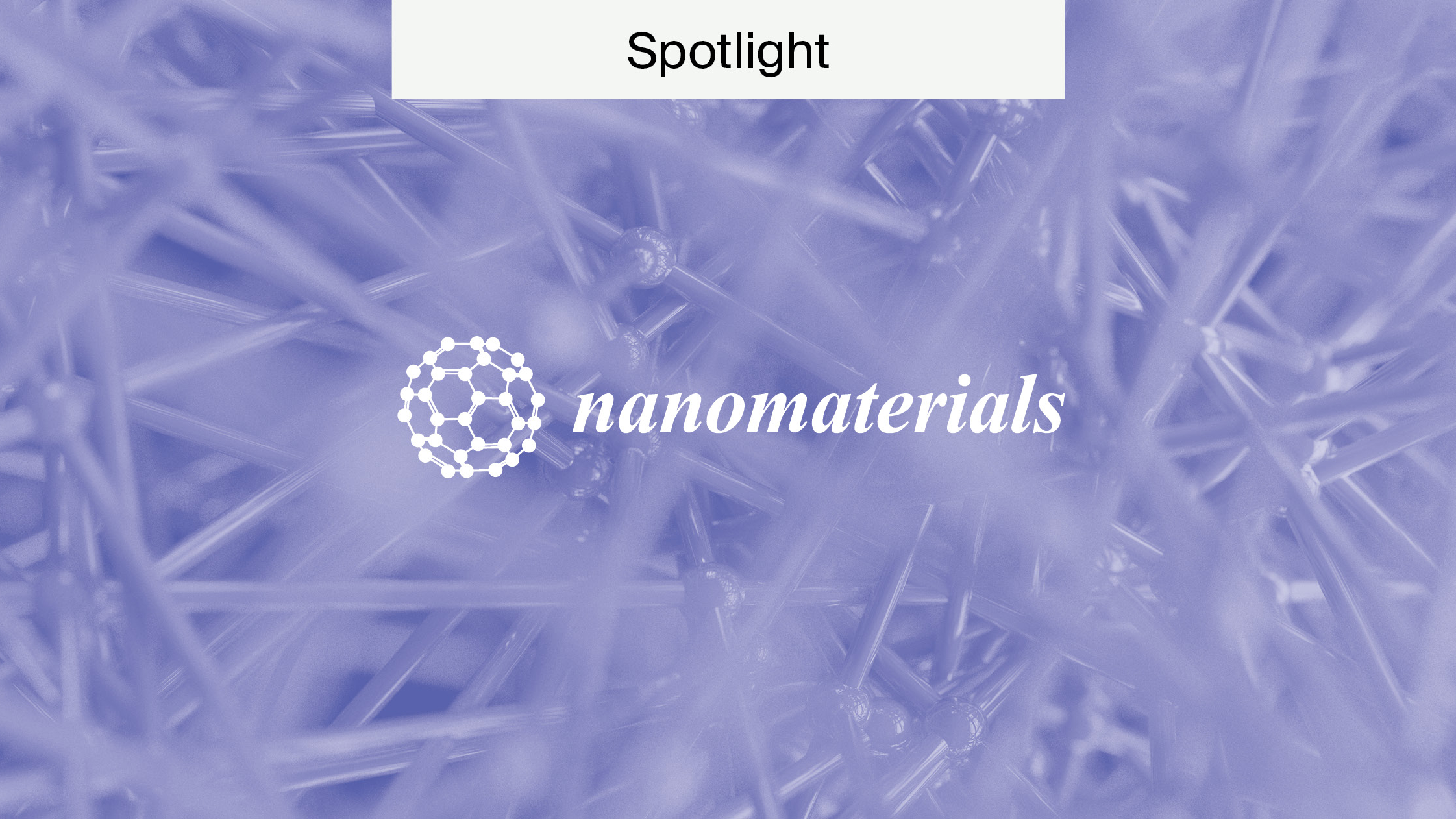

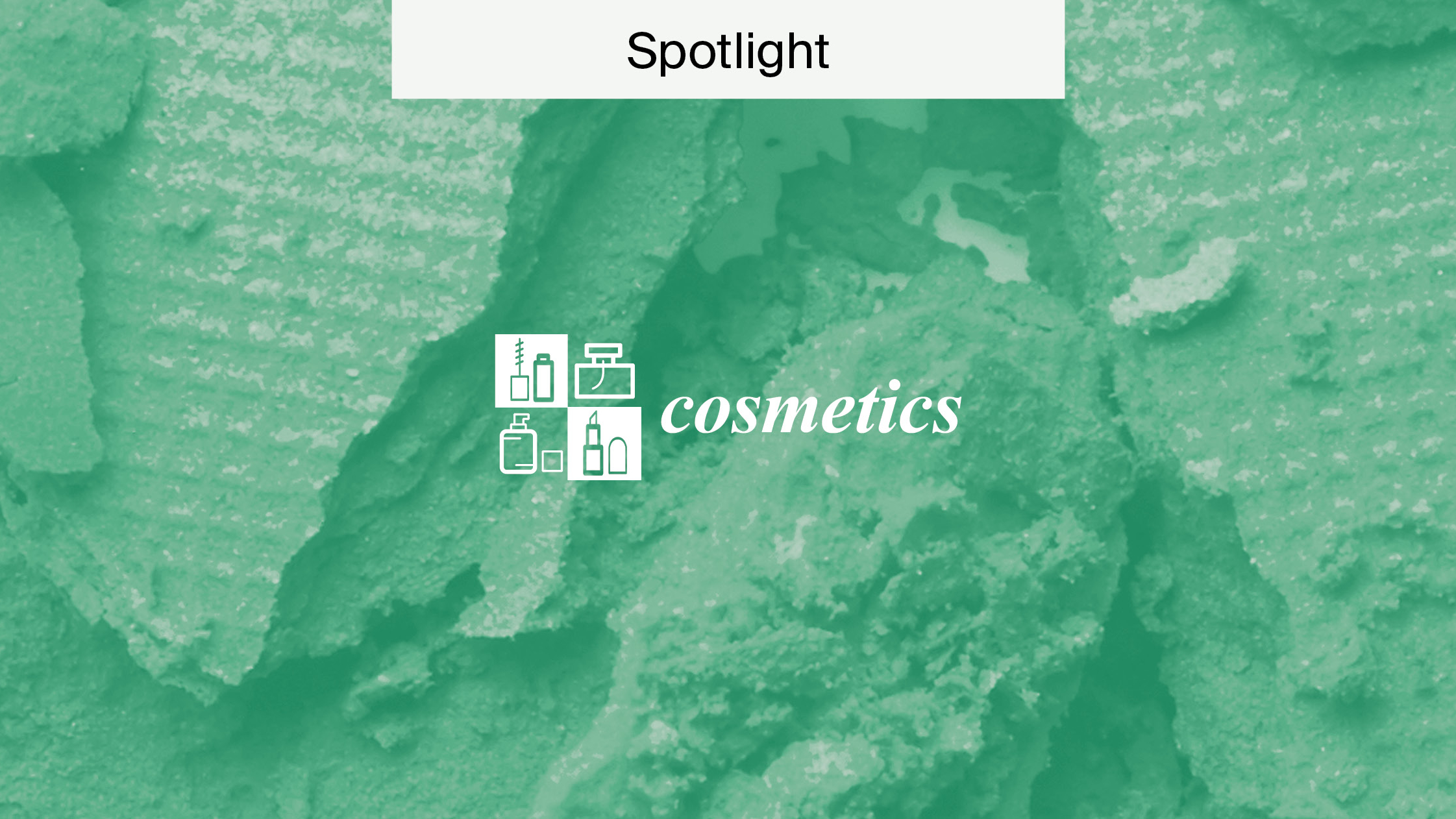
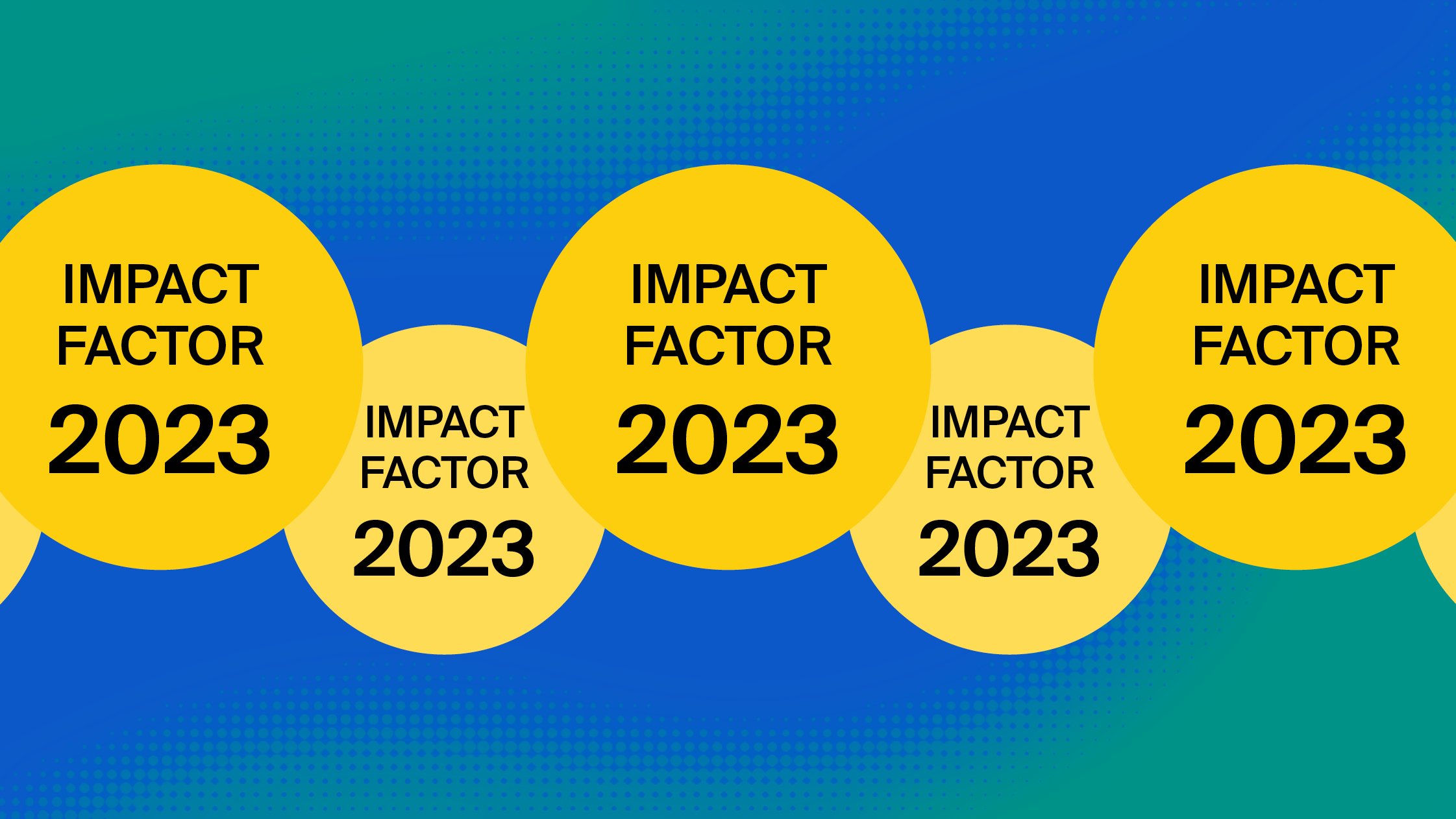
Title ” Antioxidants” attract me to see blog.very intresting but i am basicaly worker of plant stress physiology. I think lot of space is available to work on different oxidative stresses caused by our life style changes, our impure food stuff,contaimination of drinking water and vegetables, use of microwave ovens, various kinds of domestic appliances,and in my opinion presence of various type of pollutants in air are the major factors of oxidation stresses. Simple but pure food,adequate exercise ,maintaining hygeine, awareness of societies,plantation and careful use with increased safety profile of radiations generating machines may be vital antioxidants to improve health and vital body organs like liver, kidney , brain and stem cells.thanks alot
Hi Syed. Thank you for your interest in Antioxidants. Antioxidants is an important topic for global health. We hope to feature this journal on the MDPI Blog again soon!